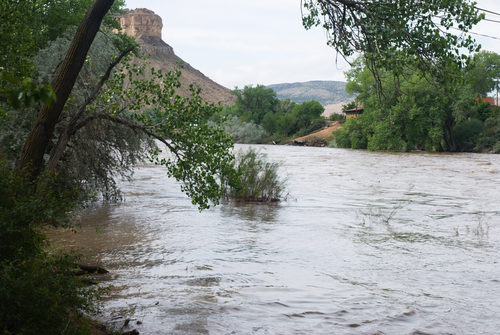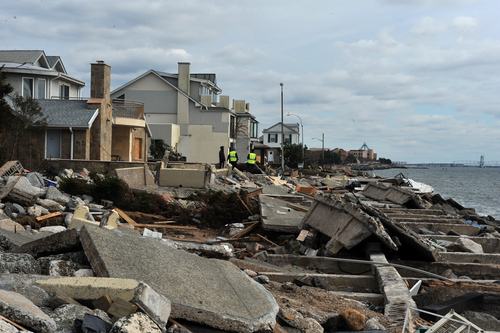Economic damages from the recent flooding in Colorado are expected to surpass $2 billion, according to a recent report from catastrophe risk modeler Eqecat. Most of that financial burden will fall on residents because very little flood risk is insured in the state.
Between 1,500 and 1,800 homes have been destroyed and thousands of homes have been damaged, leaving more than 10,000 people displaced. The estimated total cost to repair destroyed homes averages $300 million and early reviews of residential flood damage indicate an average of $20,000 to restore each of the 17,500 flooded homes that were not destroyed. But because of exclusions to the basic homeowners insurance policy, most of the losses will not be covered by insurance.
Historically, a very small portion of homeowners purchase flood insurance on homes outside of the 100-year flood zones outlined by the U.
S. National Flood Insurance Program, which provides insurance as part of a mortgage. Of the 17 counties impacted, most of the areas are not within defined flood zones.
President Obama declared a major disaster in nine of the hardest-hit counties, making residents eligible for direct federal grants to repair their flood-damaged homes, replace personal property and provide rental assistance, Reuters reported. This status also allows workers left jobless by the disaster to claim unemployment payments of up to 26 weeks and makes special low-interest loans available to farmers and small businesses to help cover their uninsured flood losses.
While these measures may help with immediate need, the extensive damage will require months of recovery and more rain is currently expected to cause rivers to crest another foot above flood stage today. With hundreds of miles of road flooded and many bridges and dams damaged or destroyed, Eqecat estimated losses to commercial and government properties and related expenses to total around $1 billion. Colorado officials announced a Dec.
1 target to complete temporary fixes to at least some of the heavily damaged roads, according to the Weather Channel. State highway crews and National Guard troops have already begun work to repair highways to mountain towns cut off by the flooding – roads that will only lead to more treacherous situations in remote areas as winter approaches.
Residents of one town have been told they will be displaced for up to six months, according to NBC News. Lyons town administrator Victoria Simonsen told a public meeting last week that E. coli bacteria had contaminated the drinking water system and the wastewater system incurred at least $1 million in damage, leaving the town unlivable for the foreseeable future.
This morning, authorities announced the eighth confirmed death from the flooding. Reuters reported that the search for hundreds of missing residents is winding down, with all but a half-dozen people now accounted for.



